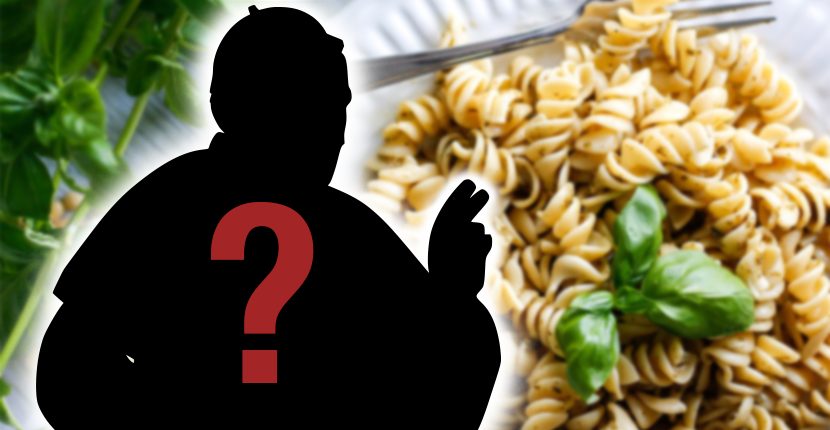The word “strozza” is Italian for “strangle.” The word “preti,” is Italian for “priest.” Most people probably don’t realize this when they’re enjoying a tasty plate of “Strozzapreti” pasta at their favorite Italian restaurant.
Still, the name of this popular pasta has an interesting story. In 17th century Italy, few people were looked upon with more suspicion, and in many cases outright enmity, by the common people than the clergy of the Roman Catholic Church. Their bishops owned most of the valuable land, as well as many shops, taverns and all the roads.
They even owned rivers, forests, hills and mountains. Meanwhile, the commoners owned nothing. Instead, every drop of sweat was spent laboring to build wealth for the already filthy-rich Church and its clergy.

Inherited Church wealth was even impossible for ordinary people to acquire, because priests and bishops were commanded to remain celibate and bear no children. This blistering oppression left common people frustrated, angry and desperate for any means of retaliation.
So as they hand-fashioned all the beloved antique pasta dishes we enjoy today, such as lasagna, spaghetti, gnocchi, tortellini and vermicelli, they decided to create a new corkscrew-shaped pasta that would literally be to die for. They called it “strozzapreti,” or “Priest strangler”, in honor of the macabre fantasy they held.
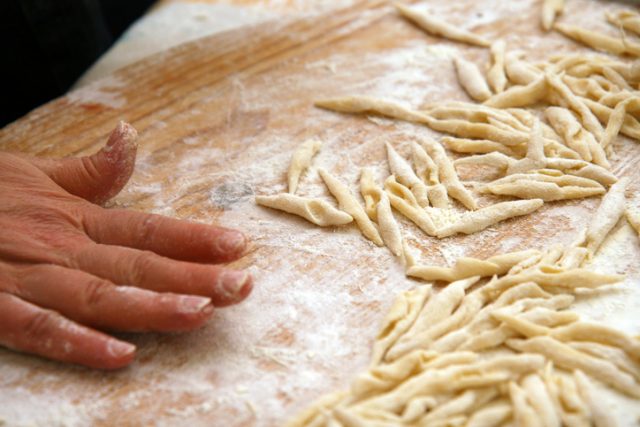
Since the pasta makers thought of the clergy as gluttonous eaters, they hoped that the long, corkscrew shape would make it difficult to swallow the pasta quickly without choking. According to legends, the women who made the pasta by hand would speak its name as a type of curse against the clergymen who they were often preparing it for.
But can scarfing down a plate of sinister-shaped pasta really cause someone to choke to death? While no official records of such events can be found, people in Italy did seem to enjoy making sport of the idea.
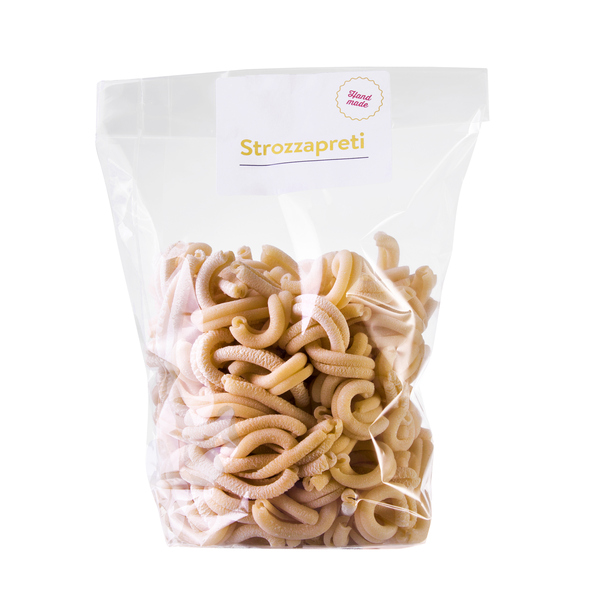
Numerous stories, plays, jokes, and songs, including an 8th century Neapolitan comedy, use phrases like “macaroni-strozzapreti,” which means “priest stranglers of macaroni.”
How to make pasta shapes at home
In a play called Della Porta, a character named La Sorella says: “Come on the master is awaiting you at the table with a plate of extraordinarily large macaroni that will strangle you as soon as it’s put into your mouth.”
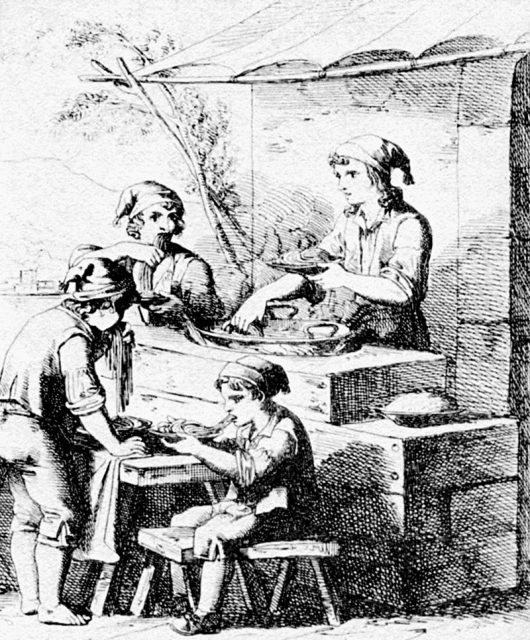
In her drama La Cucina Napoletana, Caròla Francesconi tells the story of a hungry priest who sits down to dinner at a commoner’s house in a poor section of town. After being served by the housewife, he suffocates on a helping of gnocchi after trying to eat it too fast.
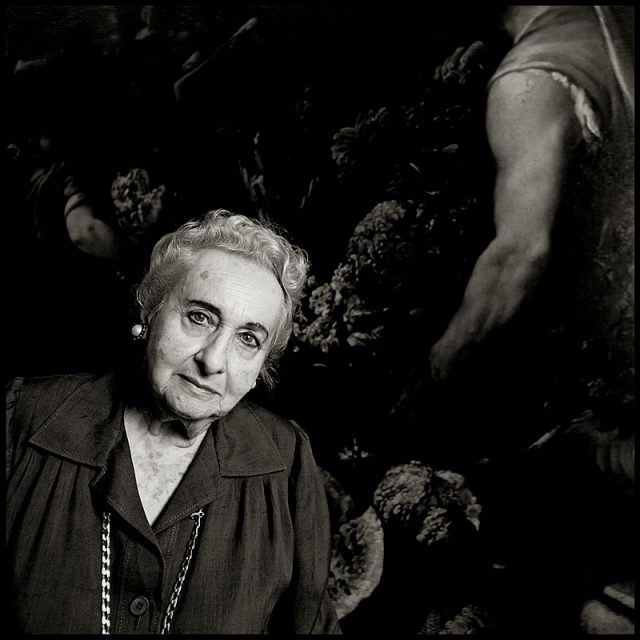
Still another story tells of a housewife who was preparing dinner for a visiting priest and, finding she was out of eggs, she prepared the pasta with just water and flour. She was hoping the priest would choke to death as a result of the fact that she was too poor to buy enough eggs for her family.
Read another story from us: Dangerous Brew: Coffee Drinkers Lost their Head under this Sultan’s Rule
Perhaps these were merely examples of exasperated people, looking for a covert way to vent their frustrations towards a ruling class that they were helpless to do anything else against.
But certainly, anyone who hears these stories will be more careful the next time they sit down to a tasty dish of Strozzapreti.
